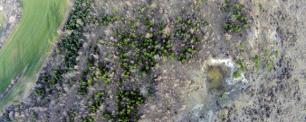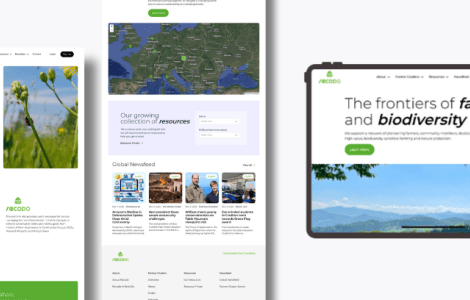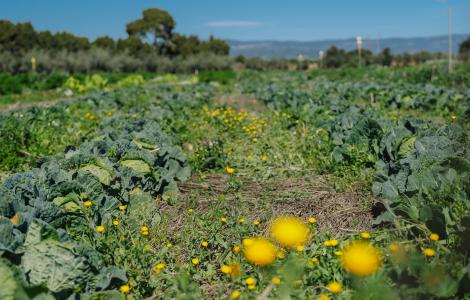The CTFC and CREAF boast a new drone service for research in ecology and conservation
The InForest mixed unit assembled by these two institutions has become the first academic institution in Catalonia and one of the first in the nationauthorized for drone operation.

Flying drones equipped with sensors and cameras over natural areas can produce high-quality data for ecologists of the Catalonia Forest Technology Centre (CTFC) and CREAF. "Operating drones for research will further Catalonian environmental science, offering new technological possibilities and promoting drone technology in the work of our researchers," says Denis Boglio, General Director of the CTFC. Recognition of the centresas operators of the new drone service (UAVS or oRPAS in more technical terms) will facilitate closer relationshipswithprivate sector companies associated with development of this technology.
This will be a benchmark initiative for public administrations, one which will promote theinnovative potential of drone applications in ecology and conservation.
"The world of drones is iron-hot and having high-profile research centers involved can help the sector better profile applications of this technology for the environmental fields," says Toni Caballero of RPAS FORMACIÓN (part of Technology and Advanced Solutions Centre, TSA CENTER), who served as a consultant on technical and legal issues during the process ofapproval of the operator's license.
"Drones have a huge potential in fields such as forest ecology and conservation biology. At the moment our objective is to try to close the distance between this technology and research carried out in Catalonia, and also strive for future development," says LluísBrotons, a CSIC researcher who is part of the InForests mixed unit (CTFC-CREAF) and who coordinates the new drone service.
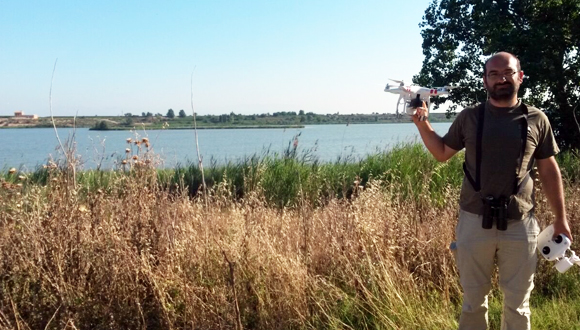
Catalan scientists are already working with drones
The CTFC is a pioneer institution in the application of drone technology for environmental monitoring. In 2012 researchers from the centre published one of the first articles in the world using drones for monitoring of colonies of aquatic birds.In 2015 team members FrancescSardà-Palomera and Gerard Bota continue working along these lines with the public authorities managing the Emporà wetlands and Ivars Pond. This project has explored how drones can aid monitoring of nests of aquatic species that nest in difficult-to-access reedbeds. The drones have also been tested in the study of nests of Montagu's harrier, a threatened bird of pray which nests in cereal fields.
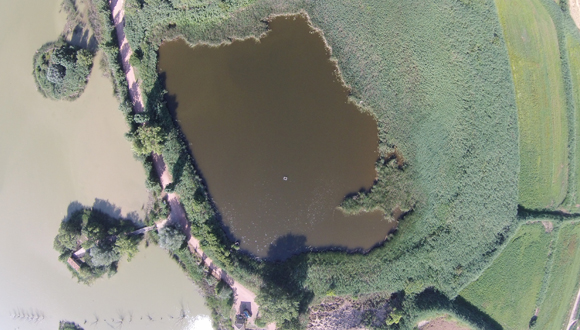
More recently, CTFC and CREAF researchers have applied drone technology to the study of vegetation regeneration following a wildfire in the 1990s. In this case the drone-captured images allowed the identification of specific species and the creation of vegetation maps with a higher precision than would have been possible without the technology.
Apart from technical and legal obstacles, the new drone service for Catalonian research, headquartered inSolsona,aims to focus on generating products for different applications and transform the applications for ecology into a driving force for the technology in Spain.


